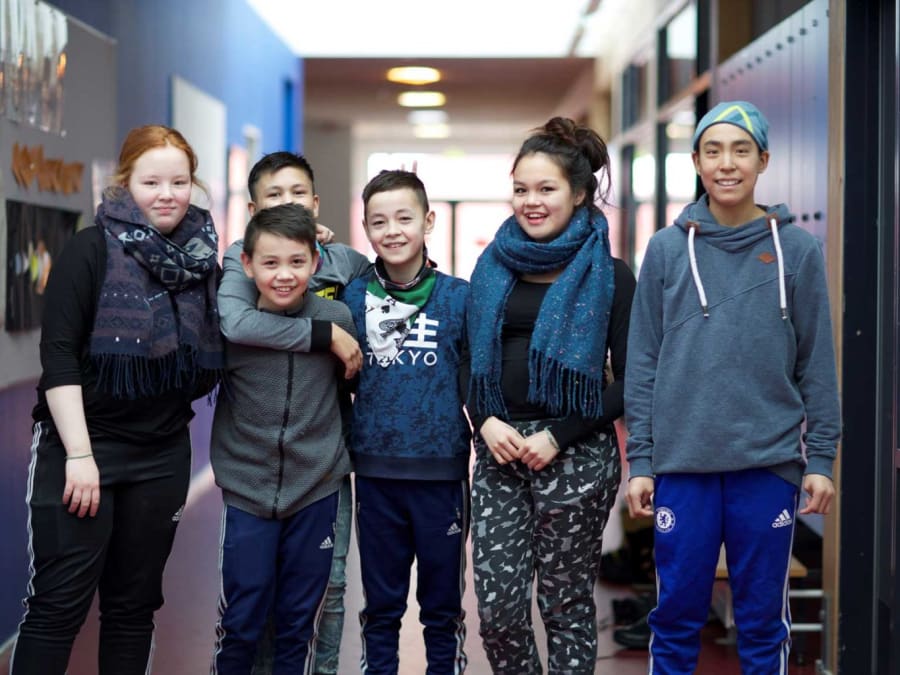
Digitization via a new IT system enables new data for the SDG indicators
New common case management system in the social area ensures future collection of data for the global SDG 2030 indicators.
Here are a few indicators for this goal that it is possible to measure today. In the near future, Statistics Greenland will publish an SDG 2030 subpage for stat.gl with various available statistics relevant to the work on the SDG 2030 agenda.
At-risk-of-poverty rate (proportion of population living below 50 percent of the median income)
Source: Grønlands Statistik
Global indicator (1.2.1) Proportion of population living below the national poverty line, by sex and age
At-risk-of-poverty rate among adults by age (proportion of population living below 50 percent of the median income)
Source: Grønlands Statistik
Global indicator (1.2.1) Proportion of population living below the national poverty line, by sex and age
Expenditure of general government sector 2018
Source: Grønlands Statistik
Global indicator (1.a.2) Proportion of total government spending on essential services (education, health and social protection)
Every day, people are taking action to make sure this Global Goals is met. See what’s been going on below.

New common case management system in the social area ensures future collection of data for the global SDG 2030 indicators.

NAKUUSA's children's council in the municipalities passes on SDG 2030 recommendations to the Naalakkersuisut.
Every goal has a number of related concrete, actionable targets. 7 targets belong to goal 1 concerning no poverty.
By 2030, eradicate extreme poverty for all people everywhere, currently measured as people living on less than $1.25 a day.
By 2030, reduce at least by half the proportion of men, women and children of all ages living in poverty in all its dimensions according to national definitions.
Implement nationally appropriate social protection systems and measures for all, including floors, and by 2030 achieve substantial coverage of the poor and the vulnerable.
By 2030, ensure that all men and women, in particular the poor and the vulnerable, have equal rights to economic resources, as well as access to basic services, ownership and control over land and other forms of property, inheritance, natural resources, appropriate new technology and financial services, including microfinance.
By 2030, build the resilience of the poor and those in vulnerable situations and reduce their exposure and vulnerability to climate-related extreme events and other economic, social and environmental shocks and disasters.
Ensure significant mobilization of resources from a variety of sources, including through enhanced development cooperation, in order to provide adequate and predictable means for developing countries, in particular least developed countries, to implement programmes and policies to end poverty in all its dimensions.
Create sound policy frameworks at the national, regional and international levels, based on pro-poor and gender-sensitive development strategies, to support accelerated investment in poverty eradication actions.